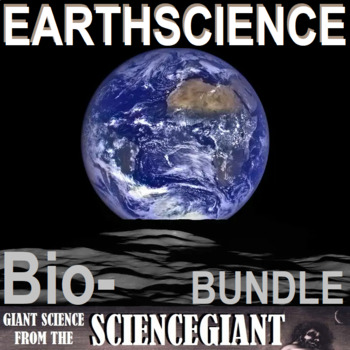StayGiant Earth Science Bundle: The Biosphere (biogeochemical cycles)
- Zip
Products in this Bundle (8)
showing 1-5 of 8 products
Description
Teachers use the Strategic Instruction Model (SIM) Concept Enhancement Routines to transform abstract main ideas and key topics into a concrete representation that helps students think about and talk about the key topic and essential related information. SIM is about promoting effective teaching and learning of critical content in schools. SIM strives to help teachers make decisions about what is of greatest importance, what we can teach students to help them to learn, and how to teach them well.
Personally, I use Concept Enhancement routines to figure out what I want to say and how I want to say it. I keeps my "Sage on the Stage" time limited to what fits onto a page. This product includes the completed routines, and the student guide blanked except for vocabulary, scaffolding questions, and graphics already filled in. It includes warm ups, worksheets, and recommended videos for review, and it's is in Microsoft Word .doc form so that Ts can customize the discussion to fit the needs of their Ss.
All of the materials I am including in this bundled Content Enhancement download are available as individual products sold separately on TpT in the ScienceGiant store. Please click on each link to receive a detailed description.
#StayGiant and stay up on my new resources and STEM news. Look for the green ★ star near the top of any page within my store and click "FOLLOW". Or follow @TheScienceGiant Twitter. Stand on The Shoulders of Giants, and together we'll see further, inspire students, and enlighten inquisitive minds!


